News Beat
News Beat reporting is an idrw.org initiative to let our Readers to report News Based on Actual facts but some how has not been reported in Main Stream Media .
SOURCE: RAUNAK KUNDE / NEWS BEAT / IDRW.ORG
India is in the final stages of negotiations to secure a deal for license manufacturing of the F-414 engine in the country. The engine, to be manufactured in Bangalore by the state-owned Hindustan Aeronautics Limited (HAL), will be utilized for the Tejas MkII program. However, India is also keen on reaching an agreement for the Advanced Medium Combat Aircraft (AMCA) program, aiming to develop a new high-thrust engine capable of generating 110-120kN class of thrust.
India has been engaged in talks with several international players, including British Rolls Royce, French Safran, and American GE, for the joint development of a new engine that will be locally produced. The objective is to secure more core technology transfer as the development would largely be funded by India.
Continue readingSOURCE: RAUNAK KUNDE / NEWS BEAT / IDRW.ORG
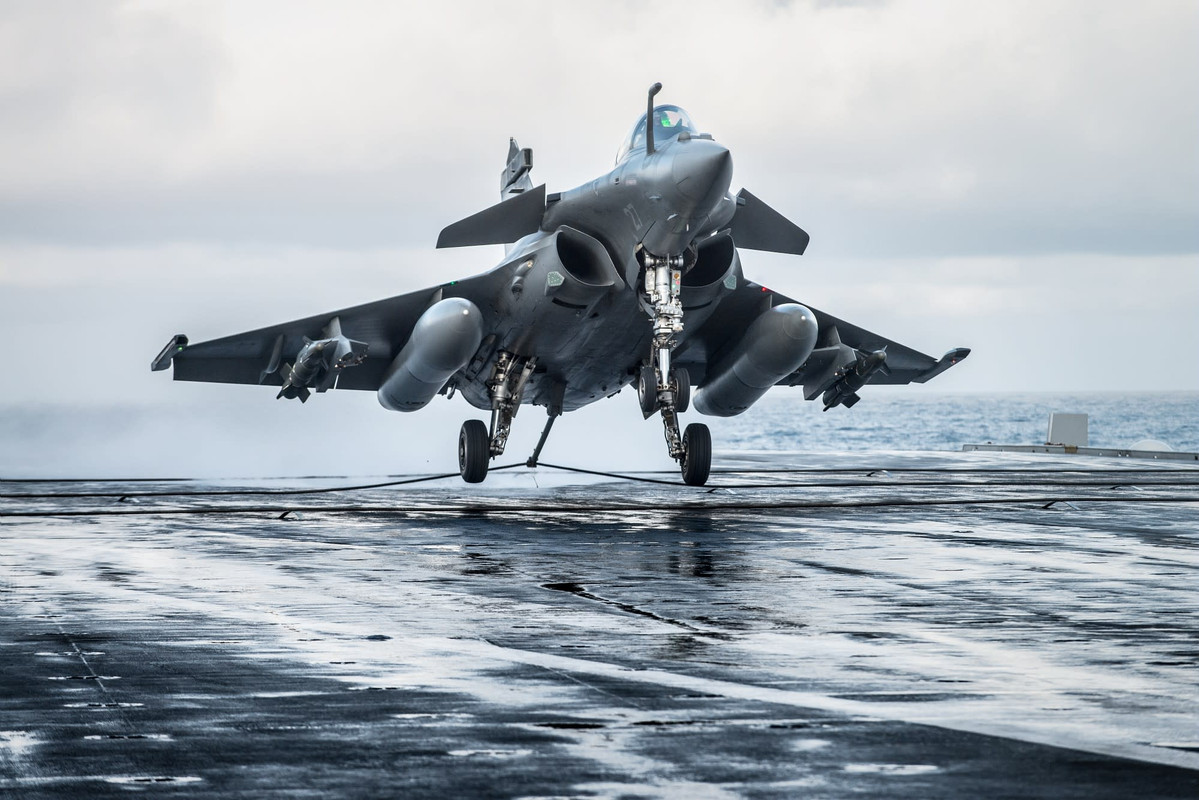
Prime Minister Narendra Modi’s upcoming visit to France on July 17, where he will be the guest of honour at the Bastille Day parade, is expected to witness a significant announcement. A multi-billion dollar deal will likely be unveiled to procure 26 Rafale Marine fighter jets for the Indian Navy.
While the exact price of the deal is yet to be revealed, sources indicate that these multi-role carrier-borne fighters will be more cost-effective compared to the ones acquired by the Indian Air Force earlier. The procurement will be conducted through a government-to-government deal, bypassing the open tender process.
Continue readingSOURCE: RAUNAK KUNDE / NEWS BEAT / IDRW.ORG

The Indian Air Force (IAF) has recently unveiled the second phase of the Mehar Baba competition, known as Mehar Baba Competition-II, which focuses on the development of swarm drones capable of automatically detecting Foreign Object Debris (FOD) on airport runways. The IAF has invited bids from Indian private sector companies to participate in this innovative project aimed at enhancing runway safety and operational efficiency.
The presence of FOD on airport platforms poses significant risks to aircraft and personnel alike. FOD can include various types and sizes of debris, such as personal belongings, tools, aircraft components, or any foreign objects that, if left unobserved and unremoved, can become hazardous within the operational area. Additionally, FOD can be forcefully propelled by jet blasts, potentially causing damage to aircraft and injuring ground personnel.
Continue readingSOURCE: RAUNAK KUNDE / NEWS BEAT / IDRW.ORG

India’s Hindustan Aeronautics Limited (HAL), a state-owned aerospace company, and French multinational aerospace and defense company Safran have successfully concluded discussions regarding a workshare agreement for the development of a new engine. This engine will power India’s upcoming 13-ton Indian Multi-Role Helicopters (IMRH) for the Indian Armed Forces. In the next few months, work on the engine is expected to commence, with the developmental phase taking place at Safran’s facility in France.
Acknowledging the importance of intellectual property rights (IPR) for India, HAL officials have confirmed that talks are ongoing to ensure India’s ownership of the engine’s IPR. This crucial aspect aims to facilitate the transfer of technology (ToT) and the local manufacturing of the engine in India without any difficulties. By securing IPR, India can exercise complete control over the design and manufacturing processes of the engine, bolstering the country’s self-reliance in defense production.
Continue readingSOURCE: RAUNAK KUNDE / NEWS BEAT / IDRW.ORG

Larsen & Toubro (L&T), a leading engineering conglomerate in India, has commenced discussions with the Indian Army regarding the procurement of a second batch of K9 Vajra self-propelled howitzers. These talks aim to secure an order for an additional 100 units of the K9 Vajra, which will be specifically designed for high-altitude operations. The K9 Vajra is a 155 mm, 52-calibre tracked artillery system that has already been successfully deployed by the Indian Army.
The initial batch of K9 Vajra howitzers, totaling 100 units, was locally assembled by L&T in India under licensing agreements with South Korea. Originally intended for deployment in the desert terrain along the western border with Pakistan, these artillery systems demonstrated their versatility during the military standoff with China after the Galwan clashes. The K9 Vajra’s adaptability to high-altitude environments prompted the Indian Army to consider procuring a specialized version for such operations.
Continue readingSOURCE: RAUNAK KUNDE / NEWS BEAT / IDRW.ORG

The Defence Research and Development Organisation (DRDO) of India is set to conduct a Request for Information (RFI) interaction on the “Development of Air-to-Air Refueling Probe (Retractable)” on June 23rd, 2023. The event will take place virtually, allowing interested Micro, Small, and Medium Enterprises (MSMEs) and startups to participate. Those interested can register through the provided link to receive an invitation to the event.
The Advanced Medium Combat Aircraft (AMCA) will be equipped with a retractable refueling probe, which will be mounted on the front fuselage of the aircraft between station 2 and station 3. This retractable refueling probe will consist of several components, including the Probe Nozzle, Weak link, Extension and retraction mechanism, Hydraulic Motor, Probe Light Integrated in the Probe tip, and Drogue light. The objective is to develop a retractable refueling system with a telescopic and actuated mechanism.
Continue readingSOURCE: RAUNAK KUNDE / NEWS BEAT / IDRW.ORG
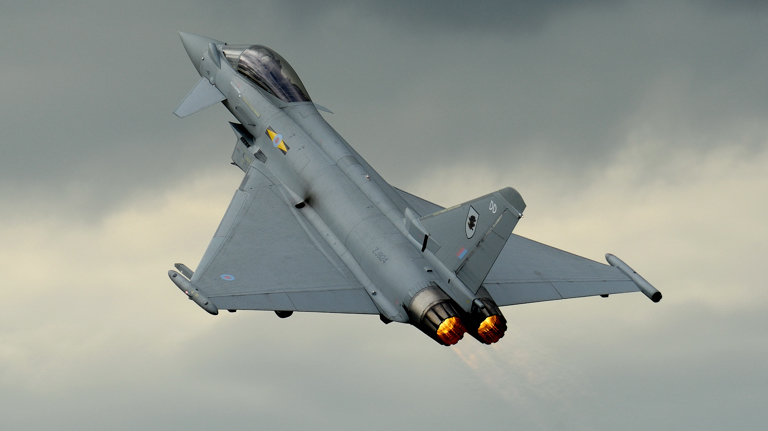
India’s long-awaited plan to acquire 114 fighter jets under the Medium Multi-Role Combat Aircraft (MRFA) tender is set to witness significant progress later this year. The Indian Air Force (IAF) is expected to approach the Ministry of Defense (MoD) to obtain the Acceptance of Necessity (AoN) for the program, which will establish the requirement and secure budget clearance. Subsequently, a Request for Proposal (RFP) will be issued to initiate the procurement process.
In the previous MRCA tender, Eurofighter Typhoon, alongside Dassault Rafale, was the only other aircraft that fulfilled all the technical and Transfer of Technology (ToT) criteria set by the IAF. Ultimately, Dassault Rafale emerged as the winner due to Eurofighter Typhoon’s pricing, despite later offering to match Dassault’s price.
Continue readingSOURCE: RAUNAK KUNDE / NEWS BEAT / IDRW.ORG

The Indian state-owned Hindustan Aeronautics Limited (HAL) and American company General Electric (GE) have reached agreements for the license production of the F-414 engine in India. These engines will power India’s upcoming Tejas MkII fighter jets. However, it is expected that it will take another 3-4 years before the manufacturing of F-414 engines can commence in the country.
Sources familiar with the matter have confirmed idrw that GE has already supplied HAL with over a dozen F-414 engines. These engines will be initially utilized to power the Tejas Mk2 prototypes, scheduled for rollout in late 2025, with an additional three aircraft by 2027.
Continue readingSOURCE: RAUNAK KUNDE / NEWS BEAT / IDRW.ORG
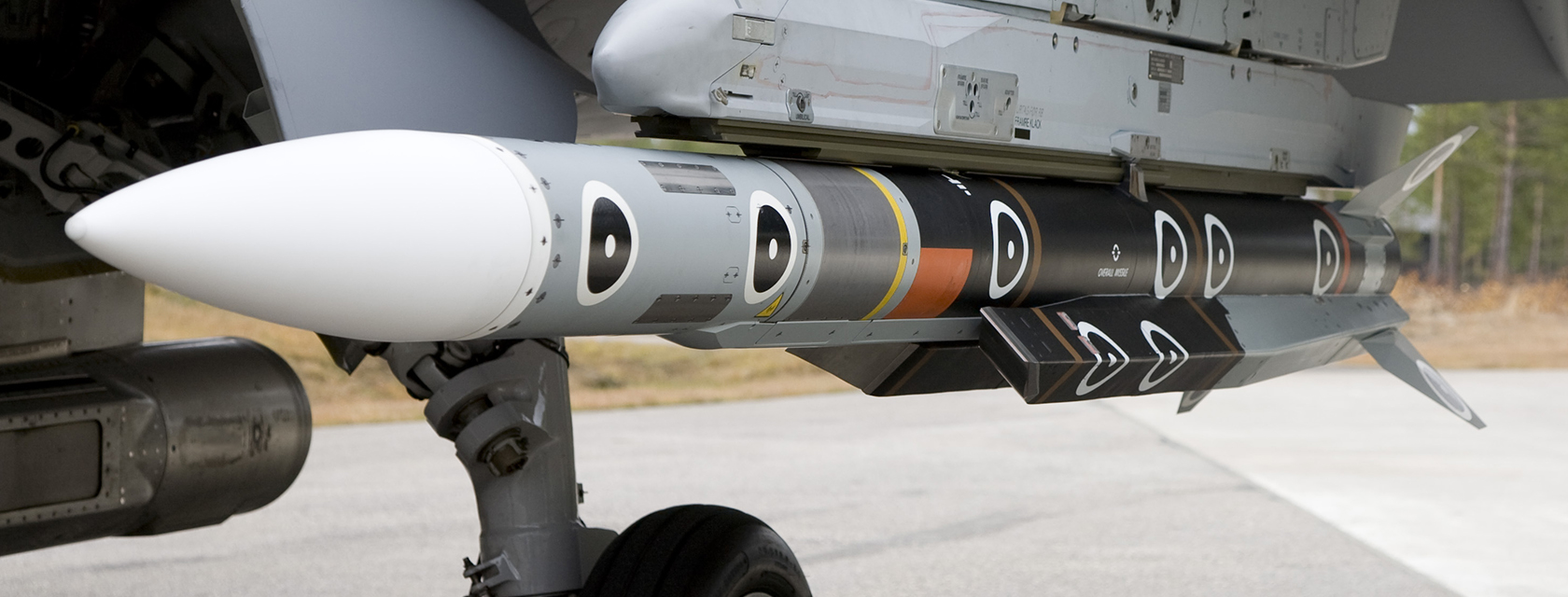
In 2005, the European MBDA Consortium began offering the Indian Air Force (IAF) the integration of the Meteor Beyond Visual Range Air-to-Air Missile (BVRAAM) with its Sukhoi-30MKI fighters. However, by 2018, European manufacturers informed the Indian government that they would not integrate their weapon into any Israeli or Russian Radar, posing a challenge to the IAF’s upgrade plans.
This issue has significant implications for the IAF’s modernization project, including the upgrade of its frontline Sukhoi-30MKI combat planes, which were intended to be equipped with Meteor missiles. The European Meteor missiles, purchased alongside the Rafales, have the potential to be game-changers with their striking capability of over 100 km.
Continue readingSOURCE: RAUNAK KUNDE / NEWS BEAT / IDRW.ORG

The Defence Research and Development Organization’s (DRDO) Electronics and Radar Development Establishment (LRDE) creators of India’s Uttam Fire Control Radar plan to develop an innovative, fully air-cooled fire-control radar. This new radar system aims to offer advanced long-range threat detection, tracking, and targeting capabilities. Notably, it is smaller and lighter than the Uttam Radar, making it a groundbreaking compact active electronically scanned array (AESA) radar that requires less power.
The development of lower-cost, smaller AESA radars is of paramount importance for various aircraft categories, including “attritable” unmanned air vehicles (UAVs) and light-attack aircraft. In recent years, these aircraft types have gained prominence as cost-effective solutions for aerial combat scenarios.
Continue readingSOURCE: RAUNAK KUNDE / NEWS BEAT / IDRW.ORG
Dr Tessy Thomas, renowned as the “Missile Woman of India,” has made an exciting proclamation that India can anticipate the development of large passenger aircraft within the next decade. Dr Thomas, who serves as the Director General of Aeronautical Systems and previously held the position of Project Director for Agni-IV missiles at the Defense Research and Development Organisation (DRDO), shared her optimistic projection during her keynote speech at a program titled ‘Women and Scientific Progress: Enabling Gender Diversity in Aerospace Research.’ The event was organized by the Indian Ladies Association under the patronage of the Indian Embassy in Bahrain.
During her address, Dr Tessy Thomas explained that the timeline for developing large passenger aircraft is estimated at around a decade, primarily due to the necessary establishment of the aero-engine manufacturing capability.
Continue readingSOURCE: RAUNAK KUNDE / NEWS BEAT / IDRW.ORG

Russia and India are set to engage in fresh negotiations to resolve the impasse concerning the indigenous content percentage in the Russian Kamov Ka-226T chopper, which India plans to manufacture locally. The discussions arose from the Russians’ inability to provide the desired 70% indigenous content, with their offer limited to 62%, and that too only in the fourth phase of production.
The Kamov Ka-226T helicopter, intended to replace India’s Cheetah and Chetak helicopters, is powered by French Safran Arrius 2G1 Twin engines, which are not included in the Transfer of Technology (ToT) agreement. However, Hindustan Aeronautics Ltd. (HAL) and Russia are collaborating to identify components that can be included in the ToT to raise the indigenous content to the target level of 70%.
Continue readingSOURCE: RAUNAK KUNDE / NEWS BEAT / IDRW.ORG
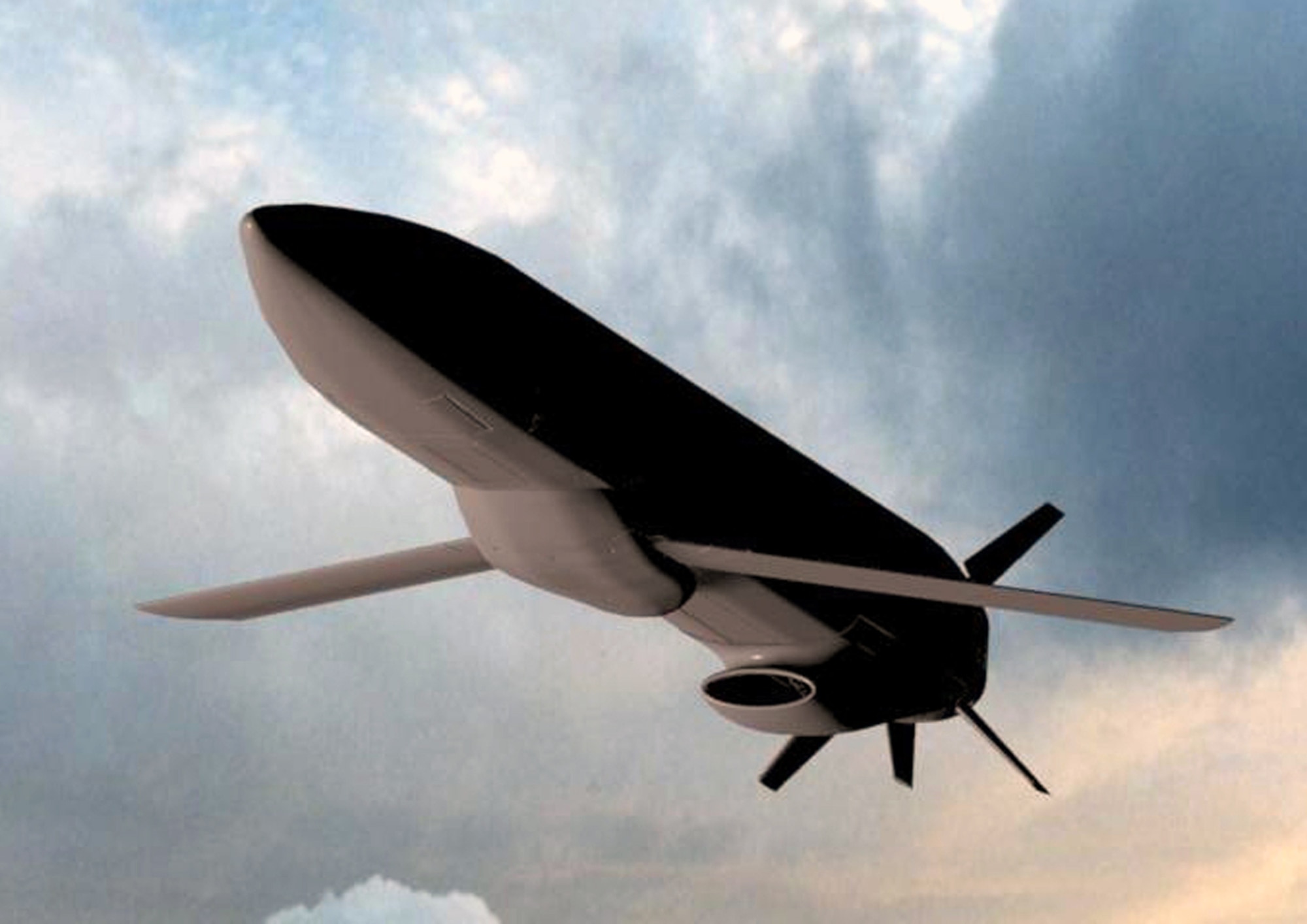
India’s state-owned public sector companies are currently exploring the development of a low-cost, expendable, air-launched craft. The objective is to create a system that can deceive enemy-integrated air defence systems by mimicking the flight profiles and signatures of Indian Air Force fighter jets within enemy airspace. This endeavor aims to enhance the effectiveness and safety of Indian combat operations.
According to sources familiar with the matter, the Defense Research and Development Organization (DRDO) labs will spearhead this program. The focus will be on developing a sub-sonic unmanned system capable of operating independently or in pairs. These crafts will fly preprogrammed missions designed to protect other manned jets while simultaneously confusing enemy-integrated air defence systems.
Continue readingSOURCE: RAUNAK KUNDE / NEWS BEAT / IDRW.ORG
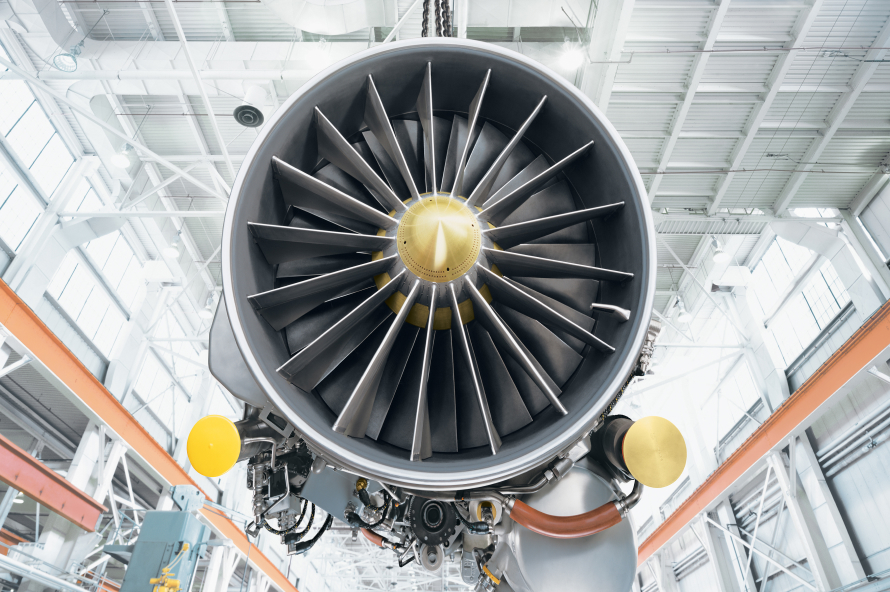
The deal to jointly manufacture the potent GE F414-INS6 aero-engine in India for an upgraded version of India’s indigenous Tejas MkII fighter aircraft is inching closer to its conclusion. New details are emerging, shedding light on the level of Transfer of Technology (ToT) and the specific areas that will be covered by this agreement.
The Transfer of Technology for the F414 engine to India is expected to be around 78-80 per cent initially, with the potential to reach 100 per cent over the next decade or more. This progression will depend on the requirements of the Indian Air Force (IAF) and Hindustan Aeronautics Limited’s (HAL) ability to assimilate the advanced technology.
Continue readingSOURCE: RAUNAK KUNDE / NEWS BEAT / IDRW.ORG
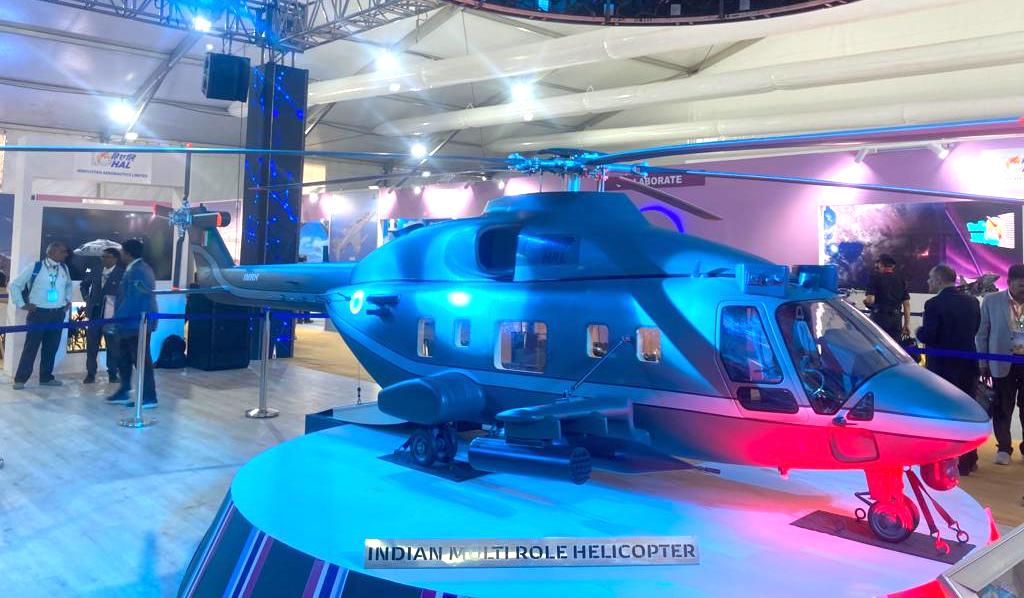
India’s ambitious 13-ton Utility Helicopter program, known as IMRH (Indian Multi-Role Helicopter), is set to be executed through a Special Purpose Vehicle (SPV) model. This approach involves the formation of a new consortium that will assume responsibility for production, sales, maintenance, repair, and future upgrades. Hindustan Aeronautics Limited (HAL), the state-owned aerospace company, has been engaging in discussions with several private sector companies that possess the potential to contribute to the program.
Under the SPV model, HAL will maintain a minority stake in the newly formed consortium, with two private sector companies likely to assume leadership roles. The consortium’s primary objective will be to address the potential demand for 400 units of the IMRH from the Indian Armed Forces, as these helicopters are intended to replace the ageing Russian Mi-17 helicopters. By establishing a robust production line, the consortium aims to cater to the requirements of the armed forces for at least two decades.
Continue reading